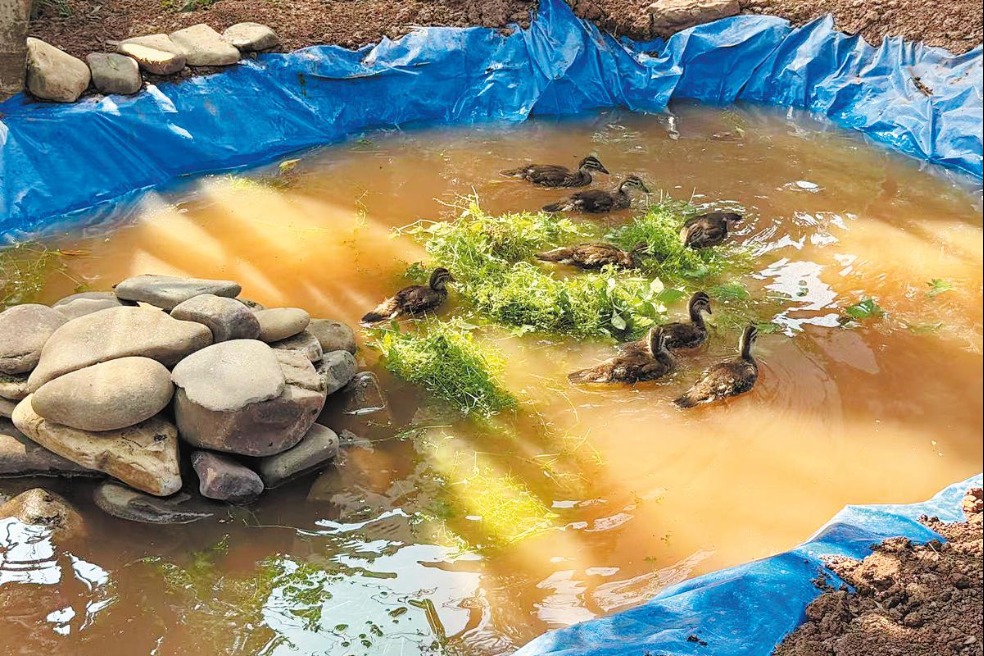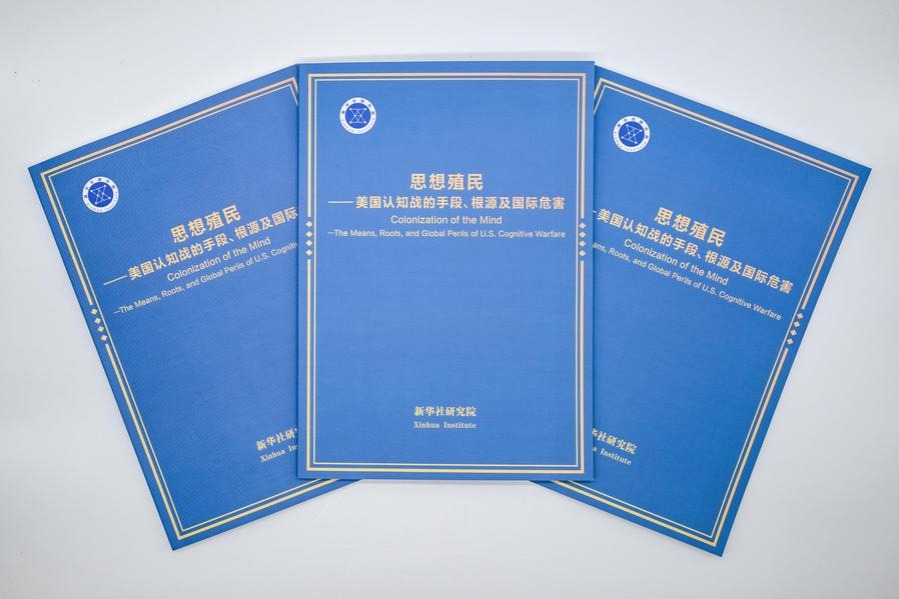Scientists unravel locust plagues for pest control

Chinese scientists have identified the driving force behind the destructive swarming behavior of locusts, a discovery that could revolutionize pest control with more environmentally friendly methods. The research, published last week in the journal Nature, details the biosynthesis mechanism of 4-vinylanisole, or 4VA, the pheromone that drives locust aggregation.
Locust plagues pose a significant threat to global agriculture, economies and the environment. Current control methods rely heavily on chemical pesticides, but these pose a threat to food safety and raise concerns about biodiversity loss, environmental pollution and human health.
Researchers from the Institute of Zoology under the Chinese Academy of Sciences and Peking University have found a solution to this long-standing problem. They have pinpointed the pathway and crucial enzymes involved in 4VA production and demonstrated how to control its synthesis.
"Locusts are gregarious insects, typically living dispersed at low densities," said Kang Le, a corresponding author of the study and a researcher at the Institute of Zoology. "But when their population density reaches a certain threshold, they transition to aggregate. This triggers their ability to migrate in search of food, often leading to large-scale and uncontrollable plagues."
The aggregative behavior is mediated by the 4VA pheromone, which acts as a signal to other locusts. Surprisingly, the study found that locusts do not independently produce this pheromone. Instead, its biosynthesis begins with phenylalanine, a common amino acid found in plants. This precursor then undergoes a complex and rapid process catalyzed by two key enzymes, 4VPMT1 and 4VPMT2.
"Based on this mechanism, we developed effective small-molecule inhibitors that target and bind to the enzymes' active sites at a faster speed, curbing the final catalytic step and preventing 4VA production," Kang explained, likening the inhibitors to an "intelligent switch" for aggregation.
Some inhibitors, such as 4NP, have shown competitive binding to the enzymes and proven nontoxic in lab experiments conducted on mice and bees. These findings, alongside the potential use of biological methods such as fungi, suggest a promising future for pest control.
Kang said this was a significant milestone, marking the first time researchers worldwide have mapped an insect pheromone synthesis pathway. The breakthrough not only advances the understanding of insect biology, but also sets the stage for effective, sustainable and intelligent pest control strategies.
The researchers also envision using 4VA as a lure to draw locusts to specific areas, enabling targeted pesticide spraying and extermination during outbreaks. This approach would limit the use of pesticides and reduce environmental impact. Moreover, 4VA can be instrumental in field population monitoring, providing early warnings of plagues by detecting abnormal increases in locust numbers.
Kang also discussed altering the odorant receptor of locusts to detect 4VA, aiming to control their tendency to aggregate. Modified strains developed in the lab could be released into the wild, where they would interbreed with native locusts, influencing the gregarious and migratory traits of their offspring. Under these circumstances, locusts would no longer pose a threat as pests but could instead contribute to ecosystem balance.
Walter Leal, president of the International Congress of Entomology and a distinguished professor at the University of California-Davis's Department of Molecular and Cellular Biology, praised the research, describing it as an "excellent paper".
"It will become a textbook example in chemical ecology," Leal wrote in an email to Kang. "Also, I noticed that the authorship is 100 percent 'made in China.'"
limenghan@chinadaily.com.cn
- Shanghai announces first update to its protected wild animals list
- Son honors 'Invisible General's' legacy of sacrifice
- Yili and China Daily jointly launch limited edition gift collection
- Transportation suspended as Typhoon Tapah makes landfall in Guangdong
- China's top court reiterates importance of fair market competition
- Draft law highlights cybersecurity in operation of nuclear facilities





































